What will happen if my Venus Flytrap does not undergo dormancy?
Venus flytraps (Dionaea muscipula) require a period of dormancy, usually during the winter months, in order to thrive and survive. During this time, the plant slows down its growth, loses its leaves, and appears to be dormant. If a Venus flytrap does not undergo dormancy, it may eventually stop growing and die.
Dormancy is essential for the health and longevity of Venus flytraps. Without it, the plant may become weak and susceptible to diseases and pests. It is important to provide the plant with the necessary conditions for dormancy, such as cooler temperatures, reduced light, and less frequent watering.
If you are having trouble inducing dormancy in your Venus flytrap, there are a few things you can do. You can try placing the plant in a cooler location, such as a basement or garage, where the temperature remains between 35-50°F (1-10°C). You can also reduce the amount of light the plant receives by covering it with a dark cloth or moving it to a darker location. Finally, you should reduce the frequency of watering, but be sure not to let the soil completely dry out.
In summary, if your Venus flytrap does not undergo dormancy, it may eventually stop growing and die. It is important to provide the necessary conditions for dormancy in order to ensure the health and longevity of the plant.


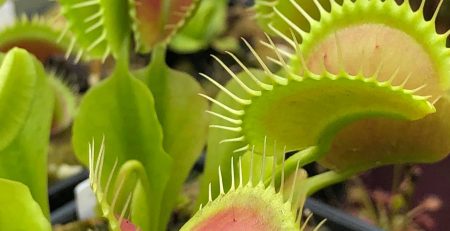
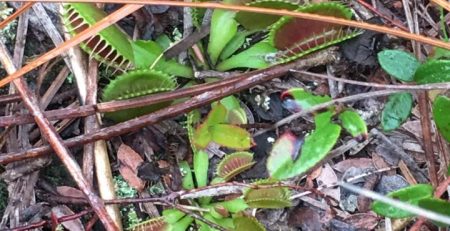
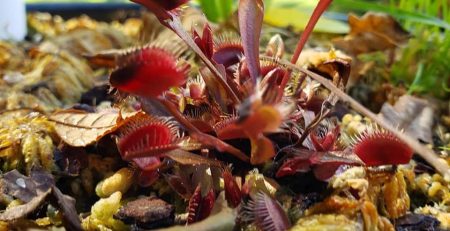


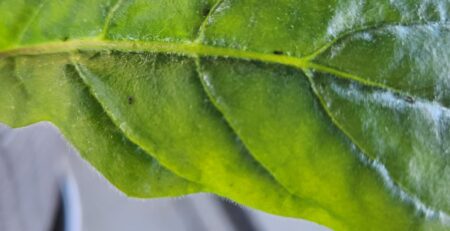
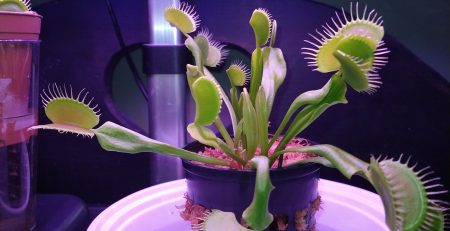
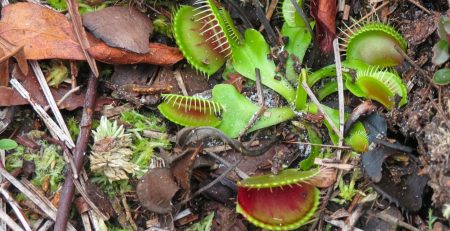
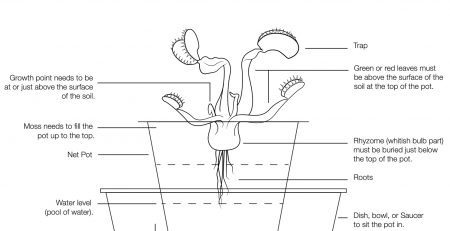
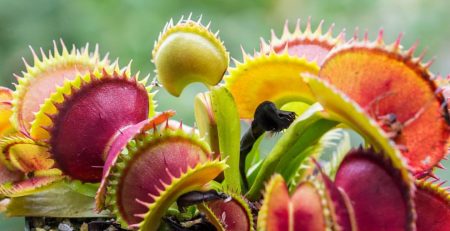
Leave a Reply
You must be logged in to post a comment.